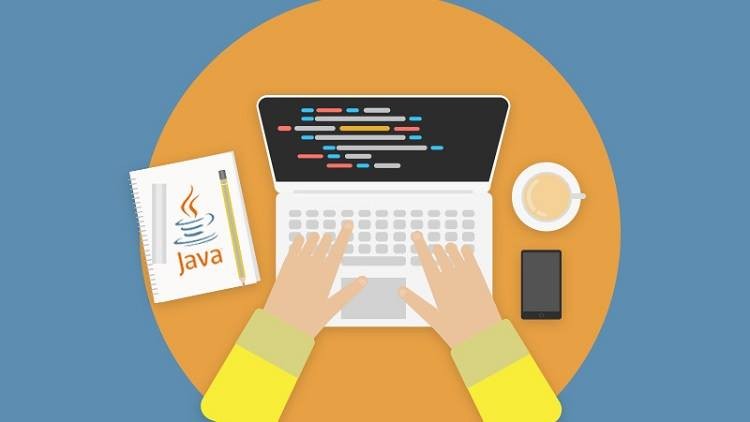
Learn Java In This Course with the basics examples.
What you will learn
Making the Most of Variables and Their Values
Controlling Program Flow with Decision-Making Statements
Controlling Program Flow with Loops
Java Basics
Description
Java is one of the most popular programming languages used for producing applications and websites across multiple platforms. It is a flexible, scalable, and versatile programming language and a popular choice for providing worldwide Internet solutions. This course is about getting and improving basic java skills using daily life example. so a beginner can learn things fast and easy with a pace. its all about development and basics experience. you can create example on your own.This java course enrich you knowledge about java programming. Learning Java can make you eligible for a wide range of lucrative job opportunities across the industry. According to the U.S. Bureau of Labor Statistics, the employment of software developers, quality assurance analysts, and testers, is projected to grow 25% from 2021 to 2031, with 162,900 job openings each year on average over the decade.
Java developers are among the most in-demand and highly-paid professionals in the tech industry. According to Glassdoor, the average annual salary of a Java developer in the U.S. is $98,560. A Java developer also ranks at number 9 in Glassdoor’s list of top 50 best jobs in 2022, with a job satisfaction rating of 4.1 out of 5. In this course you will learn about Making the Most of Variables and Their Values. You will also learn about Controlling Program Flow with Decision-Making Statements & Controlling Program Flow with Loops.
Content